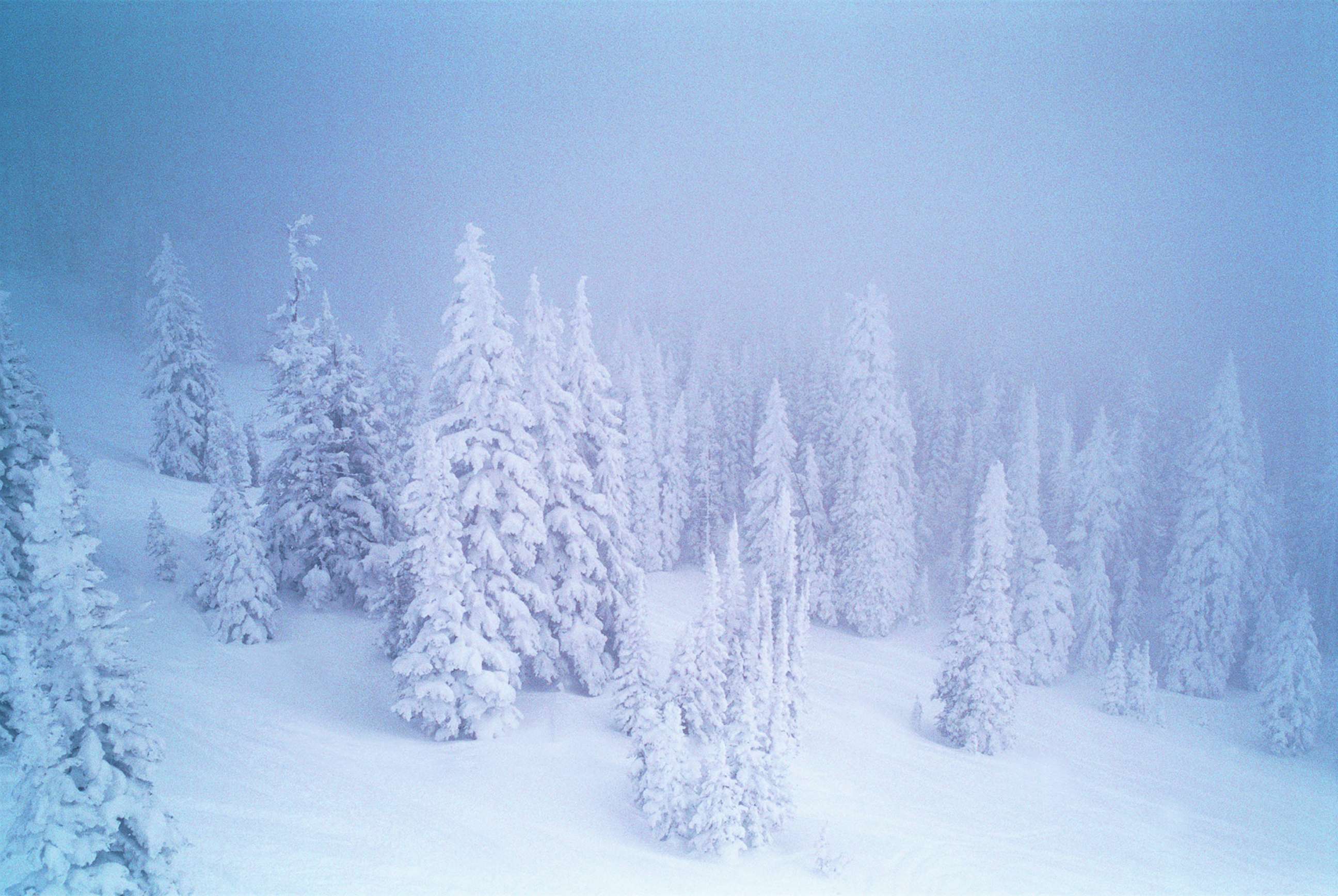December 11, 2024
Colorado’s snowy towns are some of the most breathtaking destinations in the United States. With renowned resorts like Breckenridge—recently named one of the best places in the world to see snow by National Geographic—and Steamboat Springs, the state attracts winter enthusiasts from across the globe. However, nature’s beauty comes with risks, as Steamboat Springs Resort experienced one of the largest avalanches in 20 years this past November.
The Avalanche at Steamboat Springs
The massive slide occurred following a storm that added a foot of snow to the mountain. Sweeping through advanced and expert runs at the top of the chairlift—including Crowtrack, The Ridge, Chute 1, and Chute 2—the avalanche was a stark reminder of the power of nature. Ski Patroller Matt Hartsel revealed that the event happened naturally, with no skiers in the area at the time, and fortunately, no injuries were reported.

Safety Warnings and Visitor Guidelines
Crossing ropes into closed areas during such conditions could lead to catastrophic injuries or fatalities. Visitors are urged to heed warnings and follow resort safety guidelines to prevent accidents, including avalanches and snow immersion suffocation (SIS).
Steamboat Springs Resort provides critical advice for dealing with SIS:
- Stay calm and conserve air.
- Keep your head above the snow by rolling or shifting.
- Create a clear airway while waiting for help.
- Signal others with yelling or whistling.
A Broader Look at Colorado’s Avalanche Risks
The incident at Steamboat was followed by another scare in early December at Berthoud Pass, where a backcountry skier was caught in an avalanche. Quick action from the Grand County Search and Rescue team helped avoid further tragedy. These events underscore the importance of respecting nature’s power, especially in Colorado’s snowy backcountry.
Whether you’re skiing at a resort or venturing into the backcountry, preparation and vigilance are key. Always check avalanche forecasts, follow safety protocols, and stay within designated boundaries to ensure your snowy adventure remains safe and memorable.

